Gorjan Nikolik’s “Riding New Waves of Change” report aims to draw agro industry investment to aquaculture opportunities
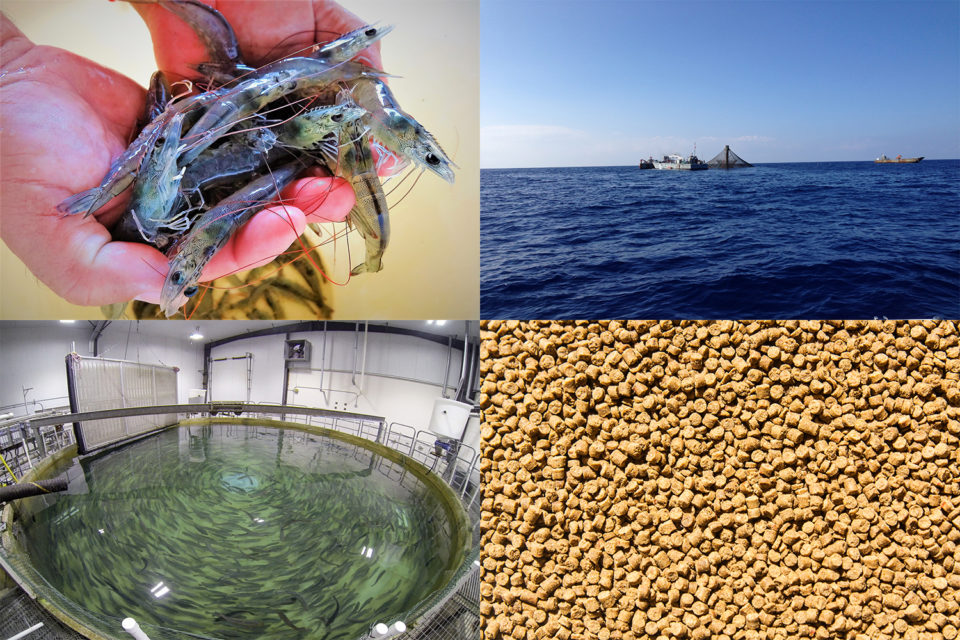
Farmed seafood is the “winning protein,” according to a Rabobank report that its author said is intended to draw the bank’s international agro-industry clients to the aquaculture business and the various opportunities its growth creates.
“Riding New Waves of Change in Aquaculture,” released in late January, shines a light on the bright economic prospects for aquaculture, with a sharp focus on three key dynamics: novel feed ingredients, biosecurity and China’s shift from producer-supplier to major seafood importer.
Gorjan Nikolik, senior analyst-seafood and author of the report, told the Advocate that the Netherlands-based bank’s global agribusiness clientele are gaining interest in aquaculture like never before, although it’s been a gradual procession for some.
“We wanted to show them the growth of aquaculture and the opportunities, and where in the value chain the best opportunities are,” said Nikolik. “Both supply and demand are aligned for growth.”
Novel feed ingredients to the fore
When asked which of those three key areas holds the highest upside – or lowest amount of risk – for investors, Nikolik didn’t hesitate to answer: “Hands down, I’d start with feed,” he said.
“It’s a very investable industry,” he continued. “It’s growing strongly, along with the growth of volume in aquaculture, yet does not experience the same volatility, and it has the capability for diversification of species and regions.”
Nowhere is that truer than in China, the world’s top seafood market, which consumes 30 to 40 percent of global supplies, according to the report. Nikolik stressed that the aquafeed sector “is aquaculture” in China, largely because of the wide influence feed manufacturers have across the region.
“Smallholder farming is not the investable part of the value chain,” said Nikolik. Feed companies have the knowledge, and many [agribusiness] companies are looking to take part” in aquafeed manufacturing. But, as he said, “it’s already becoming pretty crowded.”
Let’s be honest, this is the most important selling point of seafood – that it’s a healthy product and has healthy oils.
Numerous technologies and solutions for potential fishmeal replacement or supplements that have emerged in recent years are helping farmed seafood strengthen its position as the most environmentally responsible form of protein production. The report identified three key alternative ingredients that are enhancing the “marketability” of aquaculture to a wider audience: algae, insect meals and microbial meals.
Algae and single-cell organisms like bacteria that feed on industrial waste are attracting the attention of large-scale investments, such as Cargill’s partnership with Calysta. And while the insect business model works at a much lower scale, noted Nikolik, it still holds potential.
“They may not have the same cost structure, ultimately, when the big microbial plants are ready. But on a local level, insect [production] could utilize a diverse set of raw materials. It’s easier to focus on waste – it’s a unique opportunity,” he said.
While the global debate about aquaculture’s impact on wild-capture fisheries and the efficient use of those resources continues, Nikolik said aquaculture’s environmental bona fides are strengthened with the use of various feed inputs, like the emerging alternatives as well as products from trusted and proven land-based proteins like soy.
Producers, Nikolik said, should leverage these innovations to differentiate their end products in the marketplace. Aquafeed formulators have more options than ever to create ideal feed blends to improve the growth rate and health of animals while still maintaining a high essential fatty acid content.
“Let’s be honest, this is the most important selling point of seafood – that it’s a healthy product and has healthy oils,” he said. “It’s a major marketing gain to get, but it has to maintain a good level of [omega-3 fatty acids].”
Wide applications for biosecurity measures
As numerous investment opportunities for can be found in the field of alternative feed ingredients, the same can be said regarding innovations aimed at preventing disease, or enhancing disease resistance in key species like shrimp, Nikolik said.
He expects a vast array of potential solutions – vaccines, genomic-selection tools and biocides – to make a greater impact in the next five years. The use of cleaner fish (to eliminate parasites like sea lice), advanced design in net-pen cages as well as closed-containment technologies, and shrimp farm “toilets” – pond-bottom structures that syphon excrement and uneaten feeds to prevent bacterial infections like EHP (Enterocytozoon hepatopenaei) – are all ways in which aquaculture has embraced technology and stands to benefit from it.
“The overarching theme is that aquaculture technology, especially at farm level, is evolving rapidly in the quest to improve biosecurity,” the report stated.
China is the driving factor in global seafood trade
Whether China is in or out regarding any particular technology or solution, its position has a powerful influence. While Rabobank expects China to remain a major player in global seafood trade, its near-unimpeded growth of supply over the past two decades is unlikely to continue.
“Large surface areas of clean, fresh water and coastal marine water are increasingly difficult to find in China. Besides water area, labor is also becoming scarce and expensive,” the report said.
Consumer preferences are also changing, and the rapid adoption of online shopping has allowed Chinese consumers to expand their tastes to more luxury items like rock lobster from Australia, scallops from Canada and shrimp from Ecuador. This is creating opportunities for producers everywhere.
“If the current trends continue, China may transform into a net importer of seafood, from being the world’s leading exporter of seafood,” the report stated. “This will create a global seafood shortage and drive demand for seafood across the world.”
Offshore, land-based production technologies unproven
Lastly, Nikolik put on his “banker’s hat” to diagnose the prospects for offshore aquaculture and land-based aquaculture, and whether the two emerging production platforms can prove their profitability. He applauds the innovation, but remains skeptical of both, saying, “it’s a bit too early.”
“I’d like to first see results, then say whether it’s a good investment opportunity,” said Nikolik. “Not one kilo of salmon has ever been raised profitably in a full recirculating aquaculture system. It hasn’t happened yet, but it doesn’t mean it won’t. People are getting closer and closer.”
Follow the Advocate on Twitter @GAA_Advocate
Author
-
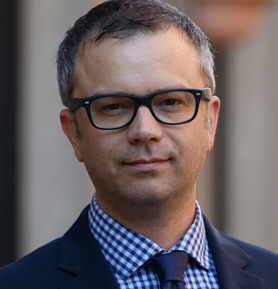
James Wright
Editorial Manager
Global Aquaculture Alliance
Portsmouth, NH, USA[103,114,111,46,101,99,110,97,105,108,108,97,101,114,117,116,108,117,99,97,117,113,97,64,116,104,103,105,114,119,46,115,101,109,97,106]
Tagged With
Related Posts
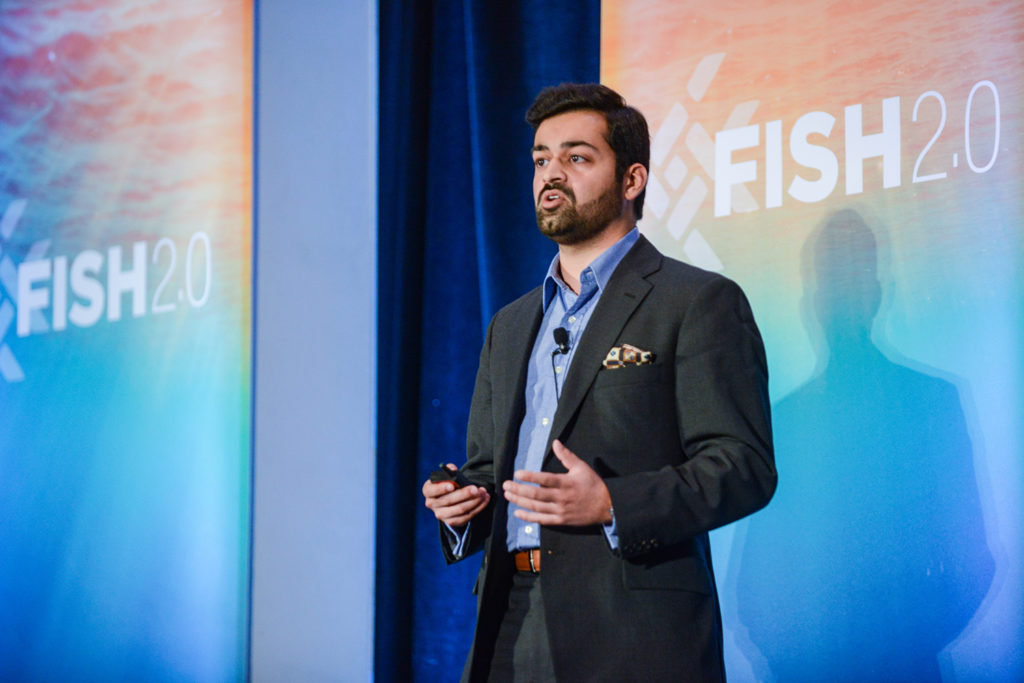
Health & Welfare
Pellet-based oral vaccine holds promise for VNN protection
An oral vaccine delivered via fish feed to defend against Viral Nervous Necrosis could be ready for market soon if everything goes according to plan for startup VakSea.
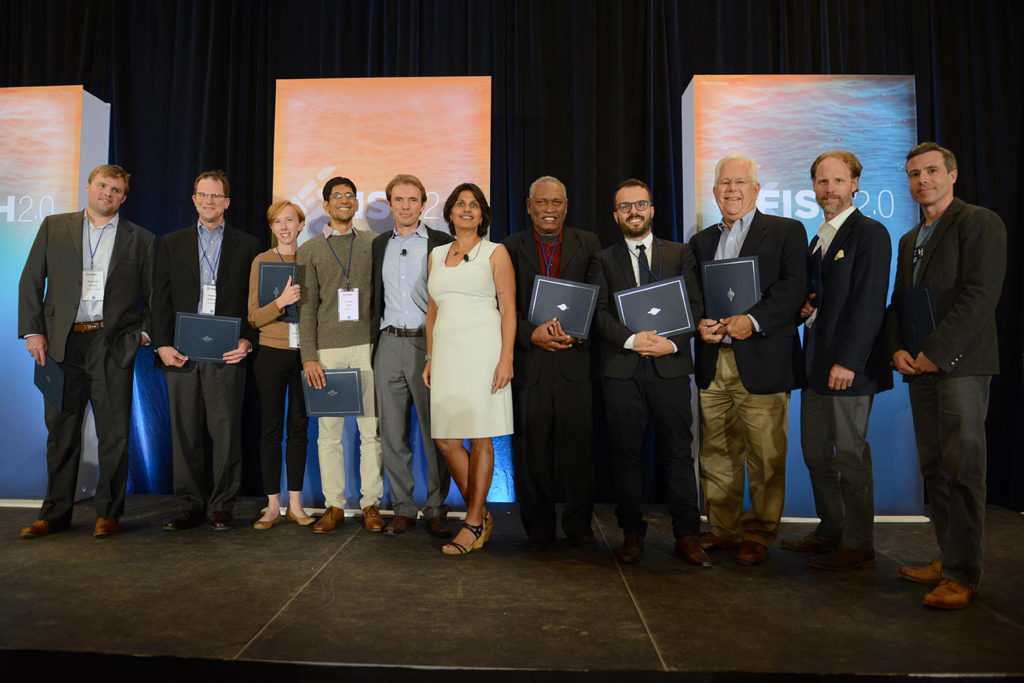
Innovation & Investment
Aquaculture innovators come out of their shells at Fish 2.0
Biannual conference/competition showcased 40 new seafood businesses, or related services, from around the world. Winners were chosen on the strength of the opportunity, meaningful impact and compelling leadership and presentation.
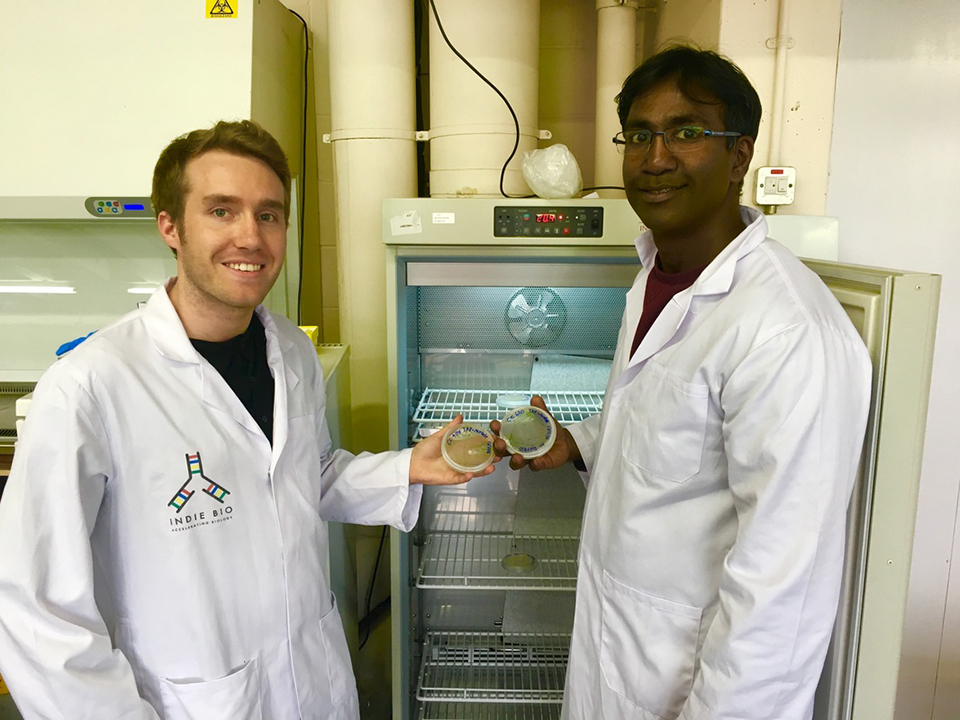
Innovation & Investment
Microalgae into medicine: Biotech startup targets shrimp, salmon diseases
MicroSynbiotiX is employing the power of transgenic microalgae to make it cheaper and easier for aquaculture producers to administer vaccines to fish.
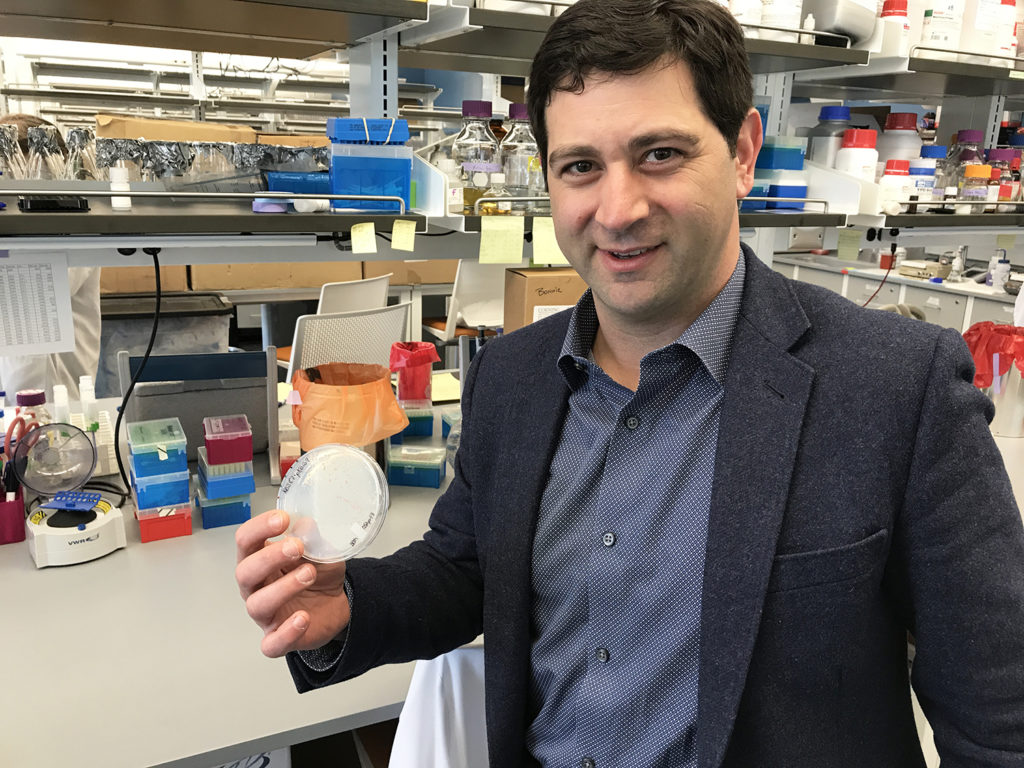
Aquafeeds
The pink powder that could revolutionize aquaculture
KnipBio, a Massachusetts-based biotechnology startup founded in 2013, is refining the manufacturing process for a promising aquaculture feed ingredient that may one day form the foundation of the food that farmed fish eat.

